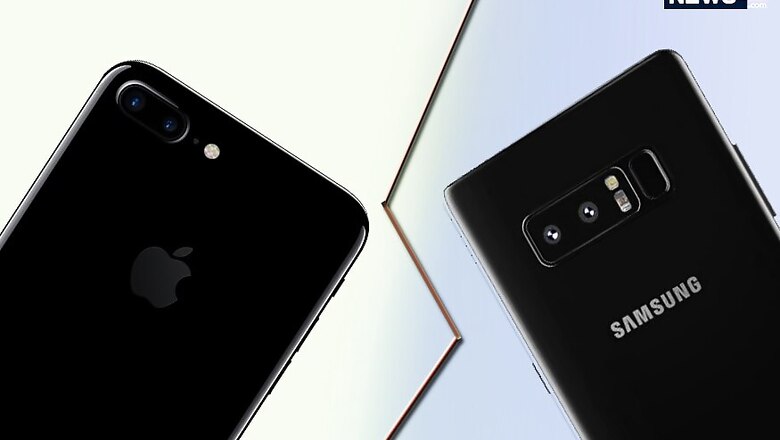
views
Dual lens cameras on phones are not new and currently, there are a number of smartphone makers offering a range of distinctive features using this camera setup. Though the fashion and tradition of dual lens camera phone were made available to the classes in 2016 with the iPhone 7 Plus, but with the passage of time various smartphone makers have expanded the horizon of building dual lens smartphones for the masses and here is the list of smartphones with dual lens camera set up which you can buy this Diwali.
Samsung Galaxy Note 8:
Samsung Galaxy Note 8 is the first Samsung device to feature a Dual Camera setup. Samsung also claims that this is the first camera setup ever built with dual Optical Image Stabilisation (OIS). The camera setup on the Galaxy Note 8 offers 2x Optical zoom and features like Bokeh effect by the name of 'Live focus', Dual Capture that photographs things which are outside the camera frame and low-light photography capabilities. One thing that differentiates the Bokeh Effect on the Galaxy Note 8 from that offered by other devices is that the Blur effect in the images can be adjusted as per liking even after clicking the picture.
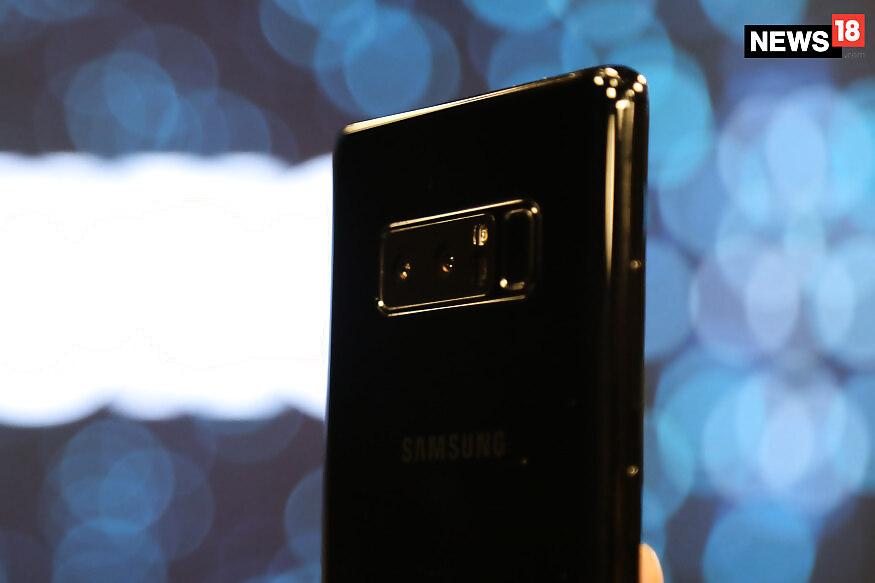
Apple iPhone 7 Plus:
Apple optimised the camera setup on the iPhone 7 Plus to provide three times longer exposure times, receive 50 percent more light and produce 50 percent brighter flash as compared to the camera on the iPhone 6s. Getting into its working, the iPhone 7 Plus uses a 12-megapixel wide-angle sensor (f/1.8) coupled with a 12-megapixel telephoto sensor (f/2.8) to produce depth effect in the images. Additional features offered by the camera include Optical Image Stabilisation, Auto Image Stabilisation, Phase Detection Auto Focus and more.
The iPhone 7 Plus carries video recording capabilities of 4K video recording at 30 fps, 1080p HD video recording at 30 fps or 60 fps, 720p HD video recording at 30 fps with Optical image stabilization for video and also Slow motion video support for 1080p at 120 fps and 720p at 240 fps.
OnePlus 5:
One of the main reasons for making the OnePlus 5 was to improve on the camera front. A camera module on a phone can make or break the phone in terms of sales figures and popularity in today's day and age. OnePlus 3T or the OnePlus 3 had average camera modules. The company had also realised this shortcoming. But they have tried experimenting with the OnePlus 5. With a growing demand of dual-cameras on a smartphone post-Apple iPhone 7 Plus launch last year, OnePlus 5 now gets a dual-camera module.
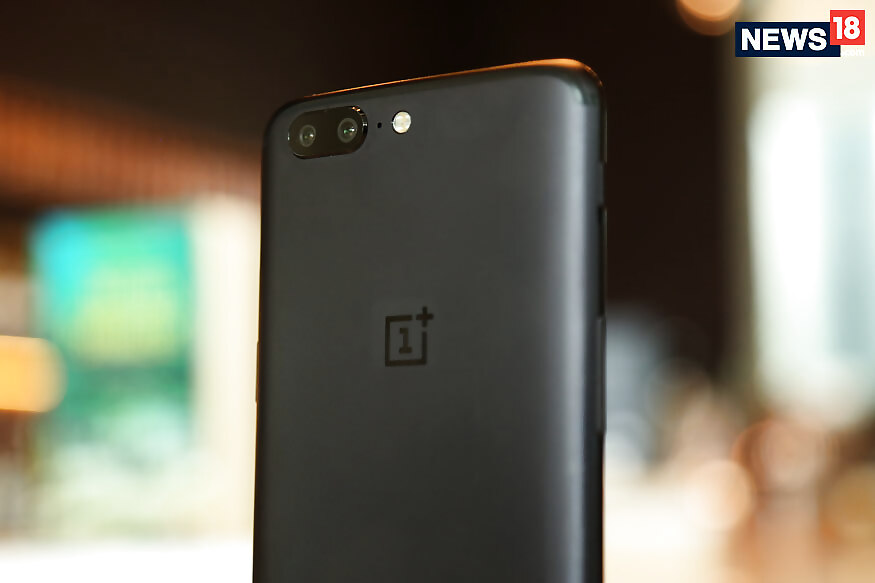
OnePlus 5 bundles a Sony IMX 298 sensor with a 16-megapixel f/1.7 camera with Electronic Image Stabilisation (EIS) and a Sony IMX 350 sensor with a 20-megapixel F/2.6 camera. Now on paper that might sound like a lot and frankly it is as well but the camera does fall short on some things. Before we tell you that, let's tell you what all it can do.
Xiaomi Mi A1:
The Xiaomi Mi A1 offers a 12-megapixels wide-angle lens along with a 12-megapixels telephoto lens which offers 2X optical zoom. The Xiaomi Mi A1 offers Portrait mode to deliver that D-SLR like bokeh effect. Xiaomi has opted to integrate the camera interface of MIUI instead of the stock Google Camera interface in the Mi A1. According to Xiaomi, this is because the stock Google Camera interface doesn’t go well with a dual-lens setup on the software front. There is 5MP selfie camera which offers decent results, if you keep the device steady.
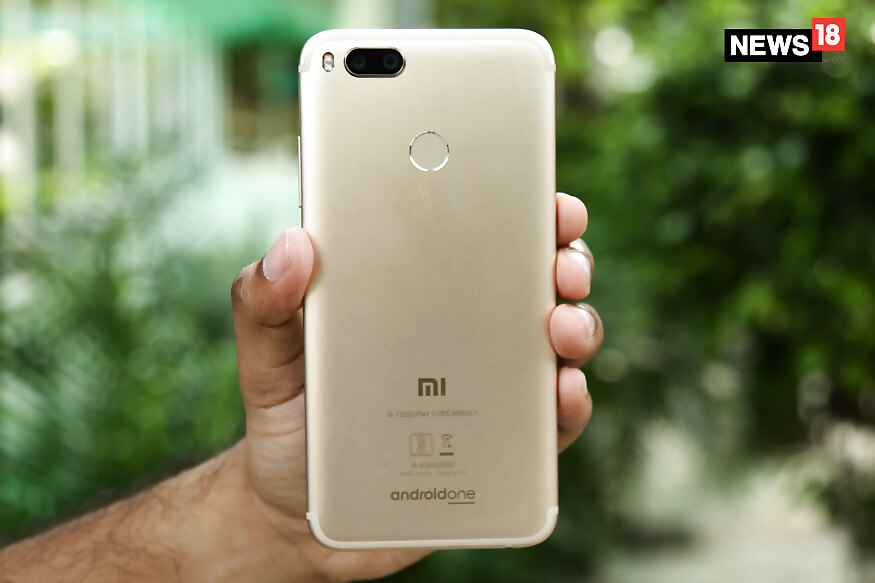
The bokeh effect works well while clicking portraits of persons but when it comes to clicking objects, the results are disappointing sometimes. The selfie camera is capable of delivering some good shots.
Watch Video: Xiaomi Mi A1 First Impressions Review
Honor 9i:
The Honor 9i is the quad-camera setup. The primary camera on the Honor 9 includes a 16-megapixel lens coupled with a 2-megapixel lens for depth effect and an LED flash. The image results are quite crisp and well balanced. There are loads of filters and modes for users to choose from. The video recording capabilities of the Honor 9i are also up to the latest standards. You can click images with bokeh effect on the Honor 9i that will appeal to your social media following. In terms of video, the pro-video mode just like the Honor 8 Pro gives you an option to have bokeh effect frames for still shooting. In case you move your frame the renders do take time so it's not that successful at doing bokeh effect in moving frames. But nonetheless, it is a start for dual-camera video capabilities.
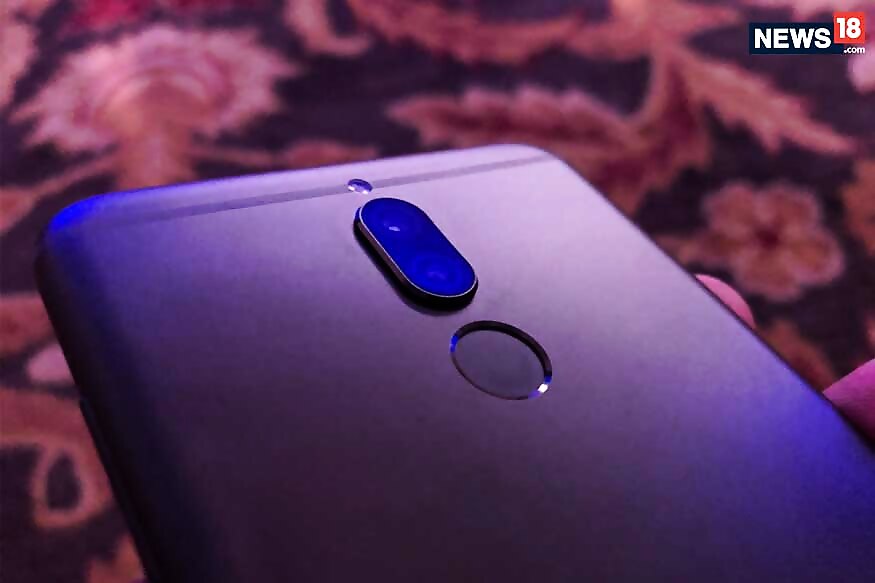
Upfront the Honor 9i comes with another dual-camera setup. The Honor 9i carries a 13-megapixel and a 2-megapixel lens along with a selfie toning flash. The selfies come out really good on the Honor 9i and the bokeh effect on selfies is not something entirely new as a concept but a refreshing change on Honor smartphones.
Watch: Honor 9i Review | The Quad Camera Smartphone | Feat TheUnbiasedBlog




















Comments
0 comment